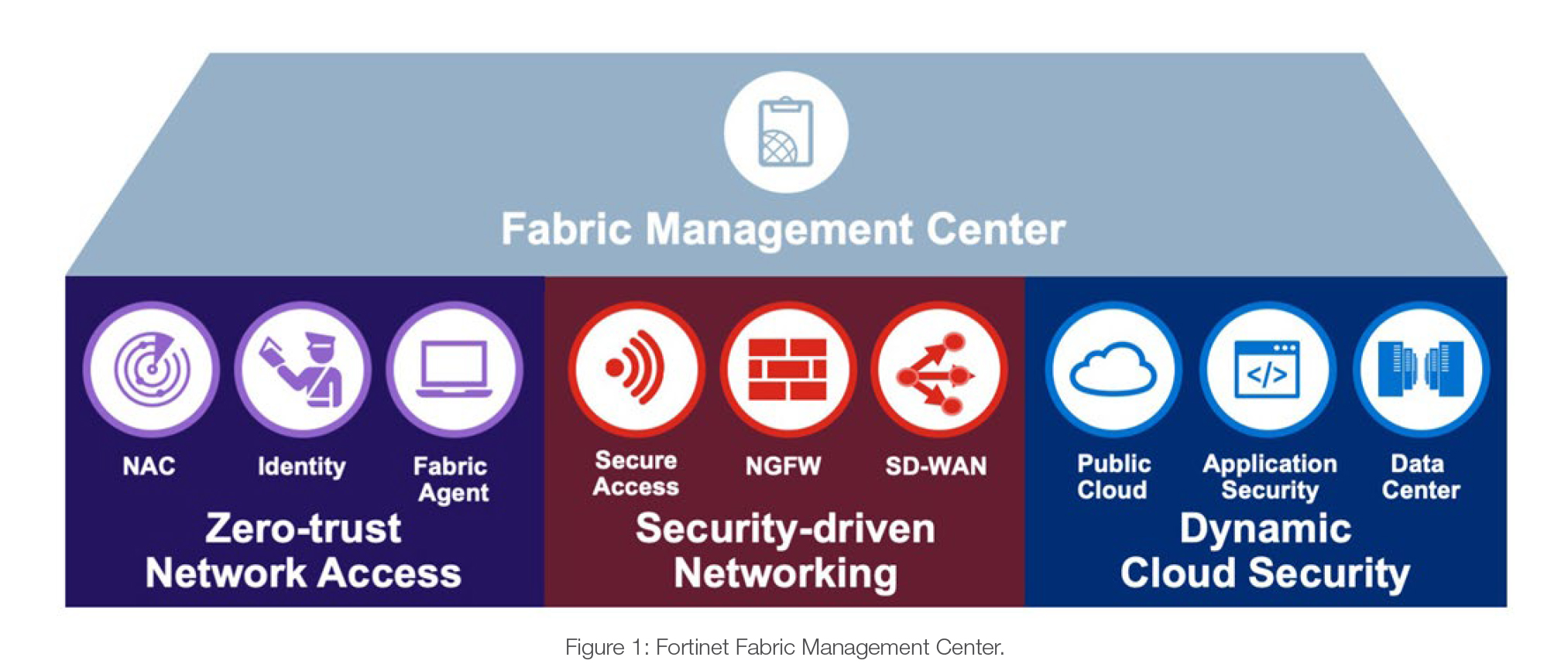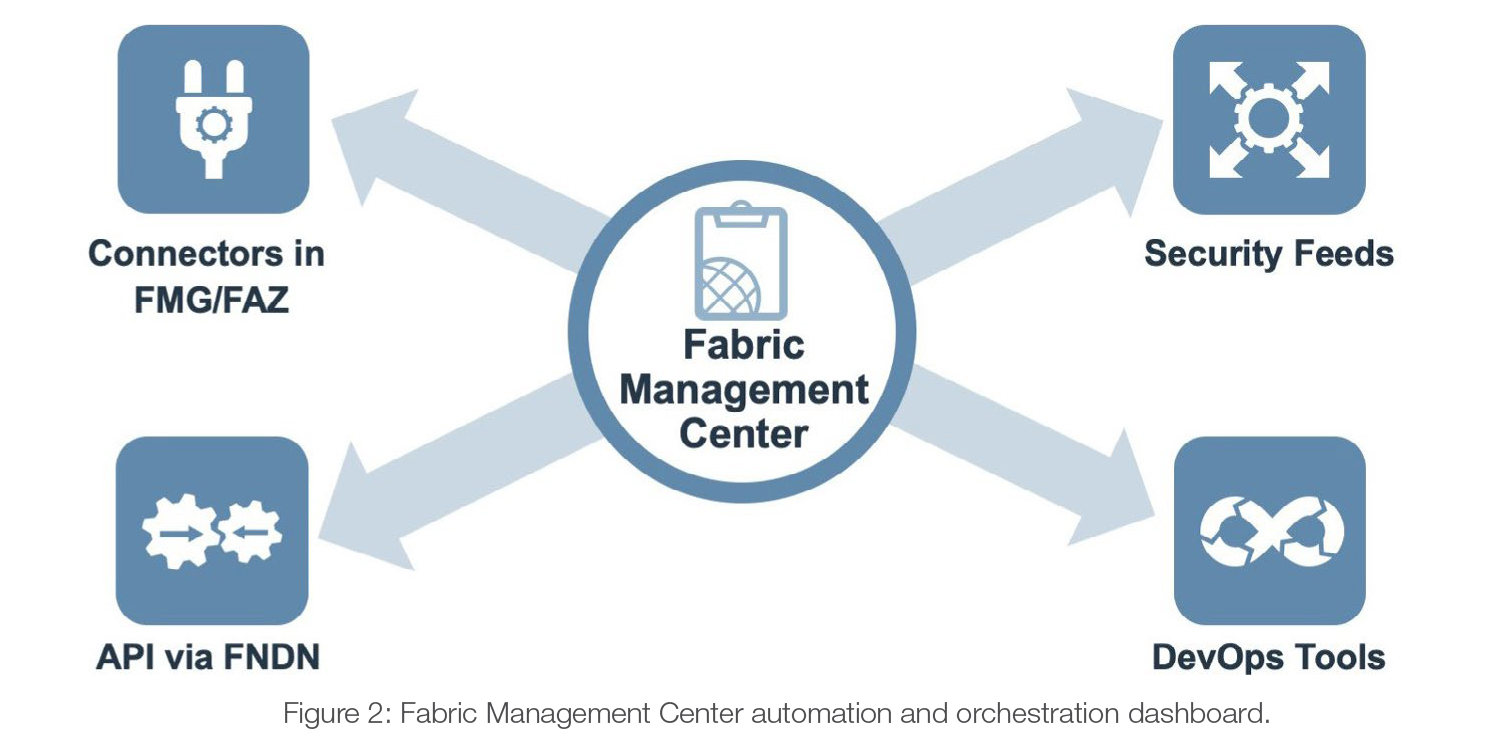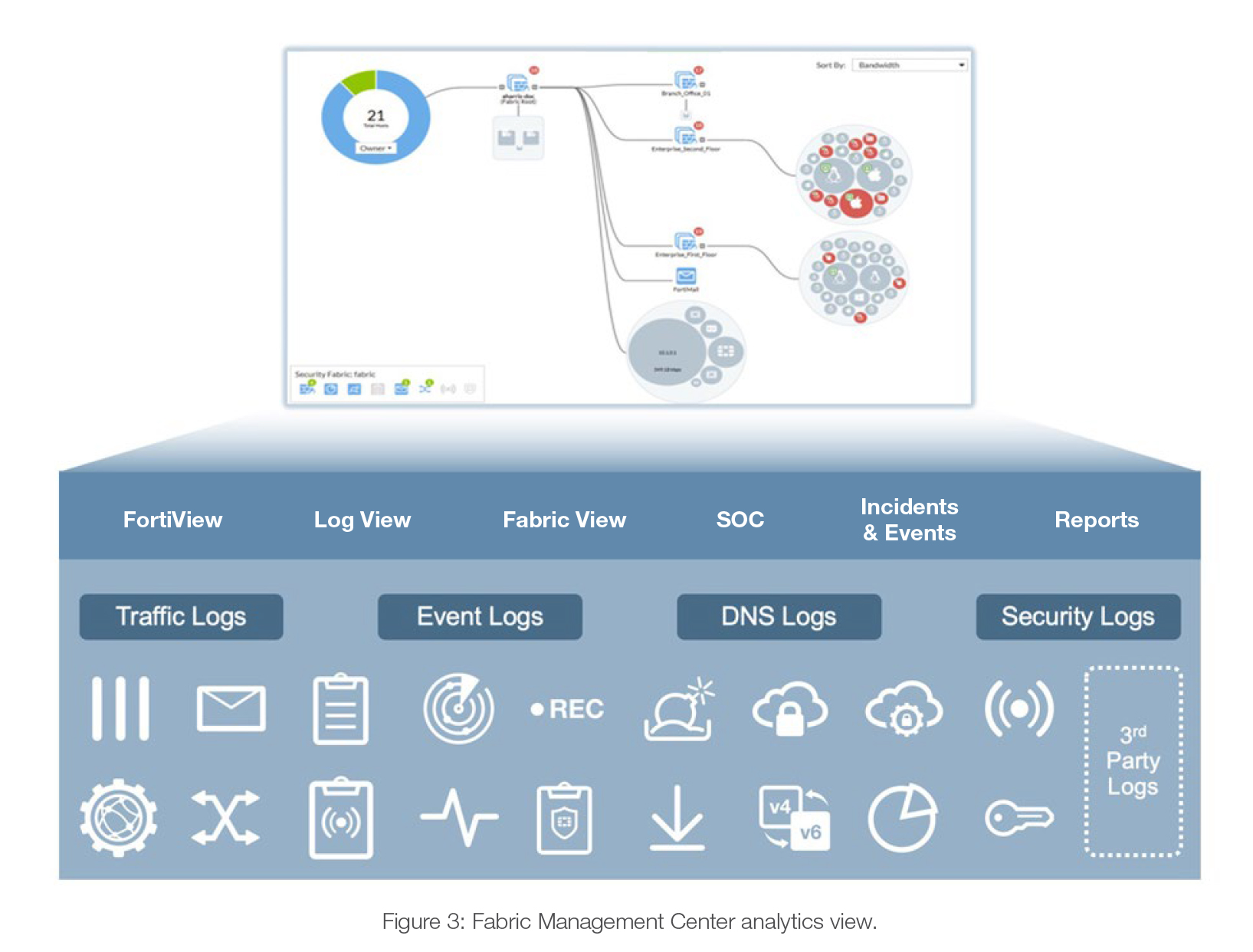The Latest Fortinet News
Product and Solution Information, Press Releases, Announcements
| Automate Network Management for the Fortinet Security Fabric | |
| Posted: Thu Jun 11, 2020 12:20:01 PM | |
|
Executive Summary The rapid embrace of digital innovation has made networks and network security much more complexand vulnerable. While malicious cyberattacks remain a serious problem, 48% of all breaches last year came from benign sources that could have been prevented.1 Moreover, 75% of network outages and performance issues are the result of misconfiguration error.2 In this regard, a network security strategy that prioritizes network automation can help reduce one of the leading causes of cyber risk and downtimehuman error and misconfigurations. As a key part of the Security Fabric, the Fortinet Fabric Management Center (made up of FortiManager and FortiAnalyzer) simplifies operations by addressing this core challenge of network infrastructure teams across small, medium, or large enterprises. Complexity of Network Operations The challenges of increasingly complex and naturally fragmented infrastructures continue to enable a rise in cyber events and network outages. Too many point products deployed by most enterprises almost always operate in isolated silos with their own management consoles and automation frameworks that are narrow and only relevant for that one product. Subsequently, network operations teams rarely have clear and consistent insight into what controls and configurations are set up across the infrastructure. Even more importantly, they lack comprehensive visibility into the network to detect anomalies. An integrated network security architecture with network automation capabilities can easily eliminate the complexity challenge for network operators. The Fortinet Fabric Management Center includes FortiManager combined with FortiAnalyzer to address three key use cases for effective network operations:
Centralized Management When it comes to network security, disparate products typically cannot share threat intelligence or coordinate responses across organizational infrastructure. This critical cybersecurity shortcoming is often compounded by a lack of skilled security personnel to manage a wide assortment of disconnected point products. But even large organizations with dedicated IT security staff still have difficulty monitoring the network to keep track of which devices are connected, who has access to the network, and which resources are needed by which applications and workflows. A centralized management solution with a single-pane-of-glass view like the Fabric Management Center enables streamlined visibility that reduces complexity. It allows network operations teams to monitor data movement and identify anomalous activity, simplifies solution optimization, and centralizes the management of next-generation firewalls (NGFWs) and other security tools from a single location. It also streamlines operations for limited or under-resourced administrators and staf requiring fewer man-hours while reducing total cost of ownership (TCO).
Broad device management:
Enterprise configuration and change management:
Visibility:
Network Automation and Orchestration Automation and orchestration are increasingly implemented, especially in enterprises that have complex infrastructures. These businesses are looking for ways to consolidate configuration and change management for security across complex, hybrid networksand most importantly, across use cases like NGFW, SD-WAN, and many others. Operations teams need to actively monitor for anomalies as enterprises increasingly embrace remote work. They also must identify irregularities with virtual private network (VPN) access in real time. This cannot be cohesively achieved if the tools in place are not integrated and automated. The Fabric Management Center enables automation and orchestration across complex infrastructures via connectors, automation hooks, and real-time alerts for any network abnormalities.
Deployment and maintenance:
Network integrations:
Workflow and orchestration:
Security Fabric Analytics Real-time network visibility is not easyespecially as enterprises add on an increasing number of point products to already complex infrastructures. As network teams consolidate point products and leverage FortiOS for intrusion prevention (IPS), VPN, NGFW, SD-WAN, SD-Branch, and other functions, they can easily share telemetry data between all deployments and enable real-time visibility of anomalies. The Fabric Management Centers FortiAnalyzer solution enables organizations to apply FortiGuard Labs threat intelligence to identify problems in real time. FortiAnalyzer helps correlate threat intelligence across the Security Fabric, leveraging its built-in analytics engine. It applies risk scoring to prioritize anomalies and shares findings across the infrastructure. These core analytics capabilities are managed via FortiManagers unified console view. Additionally, the analytics engine powers visualization of the Security Fabric in real time. These visualizations enable operations teams to identify and investigate any network risks in real time. FortiAnalyzer also comes with built-in dashboards and reports that can easily be customized. These functions include over 700 datasets for easy onboardingadvanced queries that are optimized for real-time responses.
Advanced reporting:
Role-based visibility:
Security Fabric back end:
Elevating the Total Value of Security Across the EnterpriseThe Fortinet Fabric Management Center enables enterprise-class security capabilities while helping network leaders actualize industry-leading benefits: Improves Efficiency. With its single-pane view, FortiManager helps enterprises simplify oversight of security infrastructure and automate responses to potential problems. Reduces Risk. The Fortinet tracking and reporting features help organizations ensure compliance with privacy laws, security standards, and industry regulations while reducing risks associated with fines and legal costs in the event of a breach. FortiAnalyzer tracks real-time threat activity, facilitates risk assessment, detects potential issues, and helps mitigate problems. Reduces TCO. As part of the Fortinet Security Fabric architecture, the Fabric Management Center helps lower TCO by consolidating disparate security management functions. FortiAnalyzer delivers the advantages of advanced analytics and automation capabilities without having to add on expensive, third-party point solutions. Don't miss out on our sales events and all our big promotions, subscribe to our email and enjoy exclusive weekly deals from Virtual Graffiti! |





